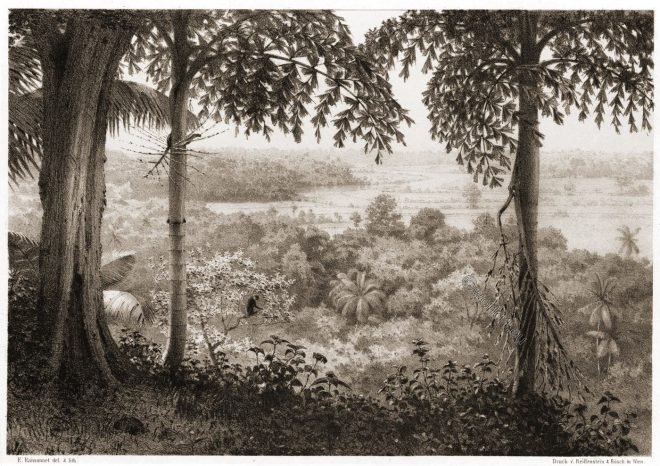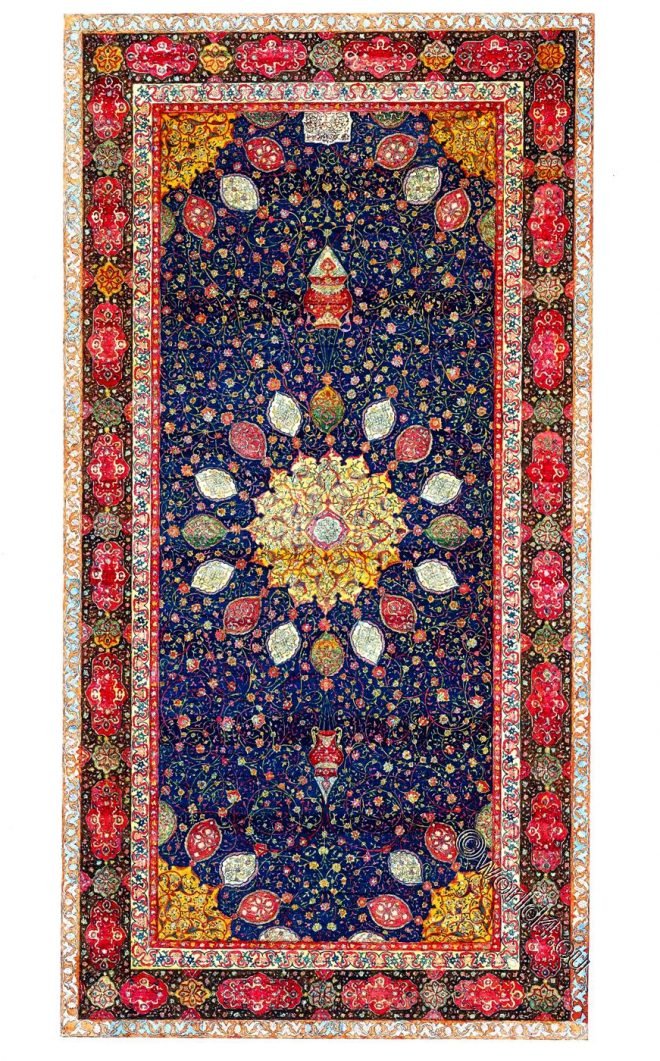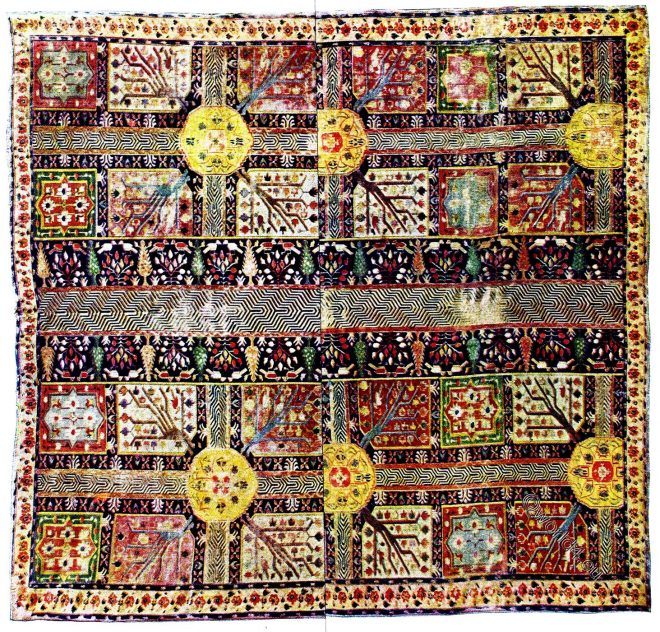Babur setting out with his army. Indian Grand Mogul, leading a campaign. War costumes of the 16th century.
Category: Asia
Costume and fashion history of Asia. Manners and Customs. Collected from rare sources.
Sri Lanka. Galle. View taken from Wackwelle Hill with black monkey.
View taken from today Gongala Mountain range near Gin Ganga river. Sri Lanka near Galle.
The Ardabil Carpet. Famous Iranian Persian Carpet.
The Ardabil carpet is a famous Iranian Persian carpet from the 16th century and at the same time the oldest carpet in the world with a specific year of manufacture.
Indian arts and crafts. Weapons, Jewelry and Equipment. Mughal Empire.
Indian arts and crafts. Mughal Empire. Elephant Ankus. Indian dagger called Khuttar. Mongolian helmet from the 16th century.
Ancient garden design. A Persian Royal Garden Carpet of the 16th century.
A 16th century Persian Royal Garden Carpet. (Reputed to have been made for Shah Abbas the Great for Sefavi Palace.) Date 1587-1628
Pera. A quarter of the great suburb of Constantinople.
Pera was the name of a district of Constantinople, or more properly a quarter of the great suburb of Galata located north of the Golden Horn.
Mount Ararat. From the hills above Erevan, Armenia. 1834.
Our view is taken, looking towards the south. This celebrated mountain, on one of the ridges of which Noah’s “ark rested in the seventh month, on the seventeenth day of the month,” …
The Sultan Ahmed Mosque in Istanbul. Known as the Blue Mosque.
The Sultan Ahmed Mosque in Istanbul, built by Sinan’s pupil Mehmet Ağa, is a major work of Ottoman architecture.
The Süleymaniye Mosque in Istanbul of Sultan Suleyman the Magnificent.
The Süleymaniye Mosque (Turkish: Süleymaniye Camii) is one of the great mosques in İstanbul. It was built by order of Sultan Suleyman the Magnificent in a very short construction period between the years 1550 and 1557 and is an important work of the architect Sinan.
Chinese peasants with children from the northern provinces.
A peasant with his wife and family. The feet of children are prevented from growing large. The Mother is in the dress of the northern provinces.










